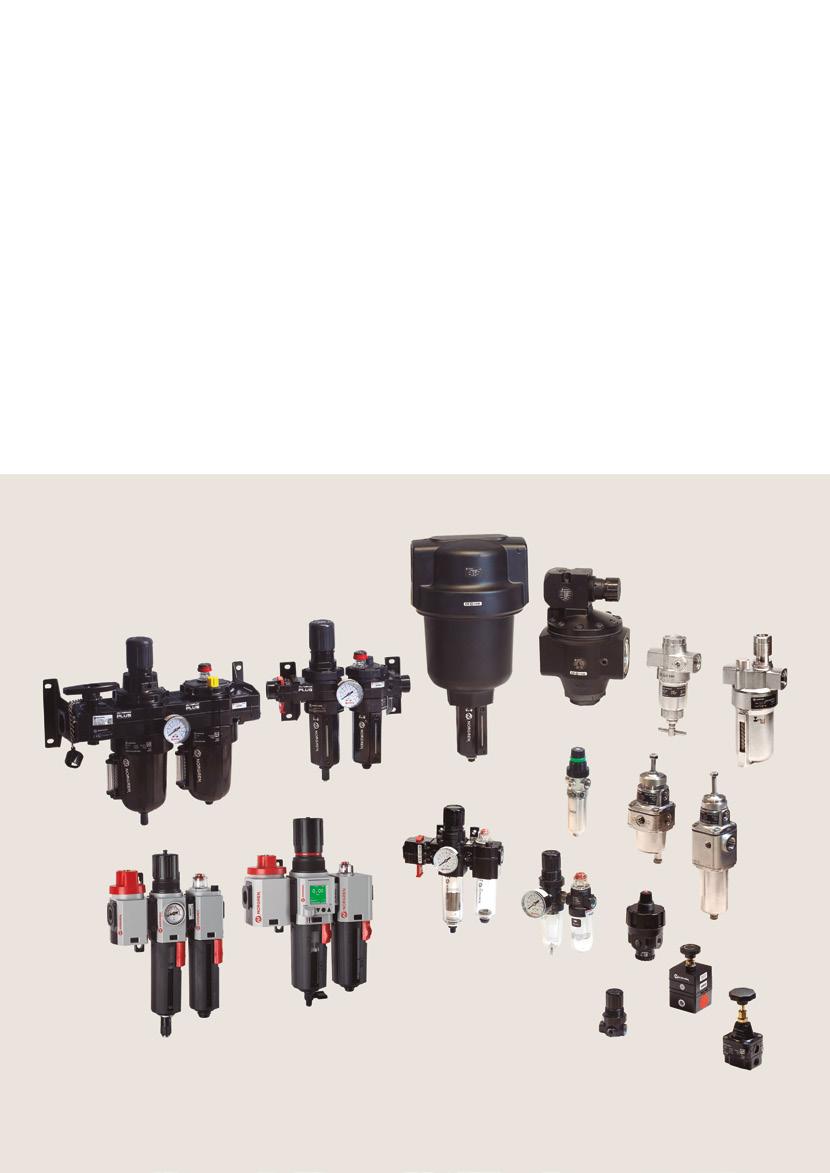
Breakthrough engineering for a better world



Breakthrough engineering for a better world

We create solutions for our customers which enable smarter, safer, more productive and sustainable factories, production lines and warehouse operations. Our pneumatic and electric motion systems help machine builders and end users around the world automate and optimise manufacturing and warehousing processes.
We have partnered with customers in industrial automation for over a century, applying our experience and innovation to create lasting value for their businesses. Our solutions support critical industries such as automotive, food and beverage, pharmaceuticals and even the space industry. We support the automation of precision manufacturing, product assembly, testing and packaging.
We use the latest digital technologies in our automation products and constantly innovate in close partnership with our customers. By applying our deep expertise, we can solve their toughest automation challenges, today and tomorrow. Through increased productivity, efficiency and safety, our customers can serve their own customers better, creating sustainable competitive advantage and delivering growth.
Our world-class product portfolio includes IMI Norgren, IMI Bimba, IMI Bahr and IMI Buschjost.
The efficient and long-term performance of pneumatic equipment and systems, as well as compliance with manufacturers’ warranties, relies upon the availability of clean and dry compressed air.
In 1927, when Carl Norgren invented the automatic airline lubricator, he effectively created an industry and began the practice of air preparation - delivering air of the right quality to a pneumatic device enables that device to run at it’s optimum efficiency for the longest possible time, keeping life costs to a minimum.
We have continued developing world class air preparation products ever since. Today, IMI Norgren air preparation products are used globally, and are founded on a best-in-class reputation based on quality, reliability & robustness.
Here, we have compiled our top tips for effective air preparation, including using the correct filters, choosing the correct pressure regulators and incorporating soft start valves into your pneumatic system.


Clogged filters lower the efficiency of the compressor, limit the flow of air through lines, and generally increase energy costs. Having filter elements replaced regularly is a first line function of maintaining your compressed air system.
There are several types of contaminants in a compressed air line. The most common are particulate, water, and oil. Selecting the most appropriate filter(s) depends on the process’ requirements. General-purpose filters remove particles and liquid bulk water, and should be included in all pneumatic systems. Coalescing/oil removal filters remove liquid oil as well as extremely small particles (down to 0.01 microns). Vapour removal filters remove oil vapour, eliminating odour.
General Purpose Filter



Contaminants can enter a compressed air system in multiple areas. Drains must operate properly to enable filters and separators to work correctly and prevent any liquid being drawn into the air line. When used correctly they reduce operating costs, and limit the need for filter maintenance.
Installing an auto-drain is preferable, as it drains once liquid reaches a certain level, offering a fit and forget solution.
Standard with larger units, metal filter bowls are often offered as an option for compressed air filters. These add an additional layer of protection to the system, particularly when pressures are high or when there is a risk of chemicals or solvents being in the compressed air, or environment. Consider the application, as well as the environment when selecting compressed air filters. In the event of any concerns, it is recommended to opt for safety, and select a metal filter bowl.

Variation in an application’s processes can cause a variety of problems.
Pressure regulators enable a constant outlet pressure, even while inlet pressure fluctuates, reducing variations in the process. Excelon Plus comes with either a market standard plastic knob, or the more durable T handle with metal bonnet for arduous environments and applications. With a choice of three spring range options, it can cater for primary pressures up to 20 bar. Finally, when setting the pressure regulator, always set it with the pressure increasing, which means in the event of inadvertently overshooting the set pressure, it should be reduced to at least 15psi below the set pressure and then taken back up to the set pressure.
Continuous monitoring and control of the pressure in the compressed air system is key when trying to manage energy use and efficiency in processes. Monitoring devices such as pressure gauges can offer a visual indication to users, while pressure switches signal back to the machine, which then communicates to another device, such as a proportional valve, to provide accurate pressure adjustment.

7 Add shut-off valves to provide safety during maintenance 8 Use lubrication as part of your maintenance 9 Incorporate soft start valves
One of the most underutilised products in the industry is the shut-off valve that can lock out, tag out (LOTO) while personnel are performing maintenance and repair on a compressed air system. It is best practice to use multiple pad locks to require both the supervisor of the area, as well as the maintenance person, to unlock the shutoff valve once they agree when the system is safe to be turned back on.
When it comes to compressed air valves and cylinders, proper and regular lubrication can greatly extend the life of equipment. Even on pre-lubricated valves and cylinders, using a lubricator will extend the life of units by three or four times. If the application has intricate piping or the lubricated air needs to travel uphill, a micro-fog lubricator must be used.

Micro-Fog Lubricator
Oil-Fog Lubricator
When it comes to compressed air valves and cylinders, proper and regular lubrication can greatly extend the life of equipment. Even on pre-lubricated valves and cylinders, using a lubricator will extend the life of units by three or four times. If the application has intricate piping or the lubricated air needs to travel uphill, a micro-fog lubricator must be used.
82 series B10 value is 1.4 million cycles and 84 series B10 value is 1.1 million cycles. Both P82 and P84 series are available as pneumatic pilot operated or electrically operated versions.
Our Industrial Automation sector operates four global centres of technical excellence and a sales and service network in 50 countries, as well as manufacturing capability in Europe, Americas and Asia Pacific.
Supported by distributors worldwide.
For further information, scan this QR code or visit www.imiplc.com/industrial-automation

The information in this brochure is provided for informational and promotional purposes only and is provided “as is” and without warranties of any kind, whether express or implied, including but not limited to implied warranties of satisfactory quality, fitness for a particular purpose and/ or correctness.
Any specifications, features, pricing, or availability contained in this brochure are subject to change without prior notice. IMI plc does not represent or warrant that the information and/or specification in this brochure are accurate, complete, or current and therefore make no warranties or representation regarding the use of the content. IMI plc or one of its subsidiaries own all images, logos, product brands, and trademarks mentioned in this brochure. Unauthorised use, reproductions, or modification of this content is prohibited.
© Copyright IMI plc. All rights reserved. z10527WP en/03/25
Selected Images used under license from Shutterstock.com